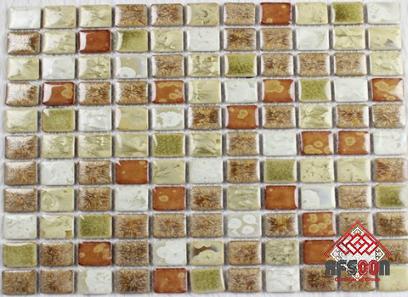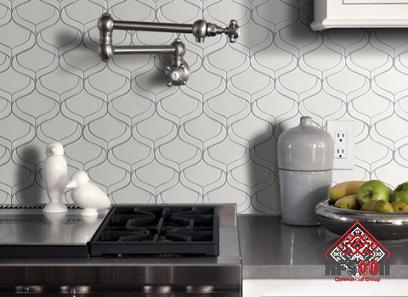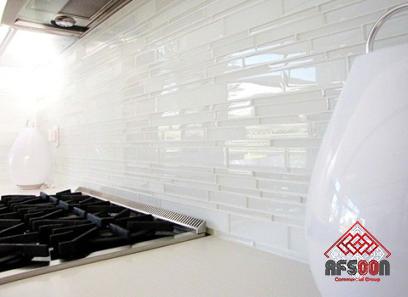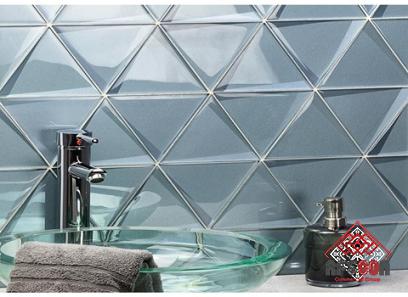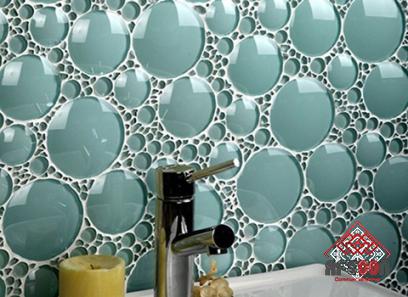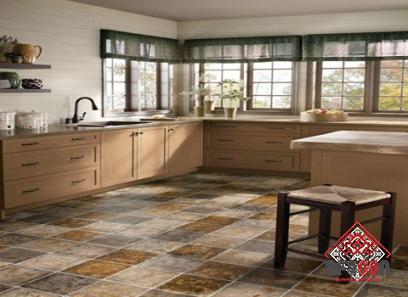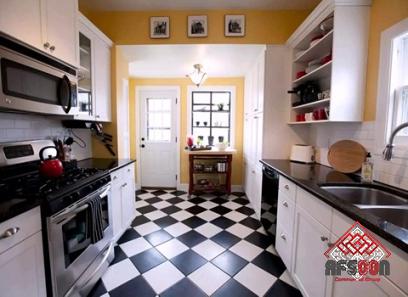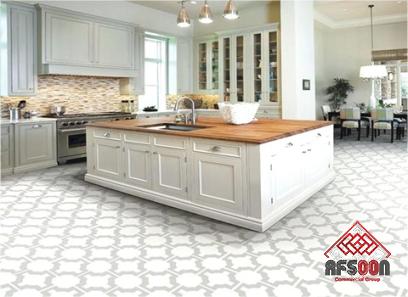Vitrified Tiles Vs Marbonite
Tiles are said to have a “vitrified” classification if they have been through the process of vitrification and come out with the desired results
During this stage of production, the tiling is subjected to extremely high temperatures as it is being baked
On the other hand, a common association is made between Marbonite tiles and the brand name HR Johnson, which is also the name of the company that is responsible for their production
The vitrified tiles that are sold under the brand name “Marbonite” are the vitrified tiles that are known as “Marbonite” tiles
As a result, these vitrified tiles share the same qualities and attributes that are found in other types of vitrified tiles
We are all aware of the significant roles that are played by the rooms’ floors and walls when we take into consideration the proverb that states, “A house is a reflection of the personality of its owner
”
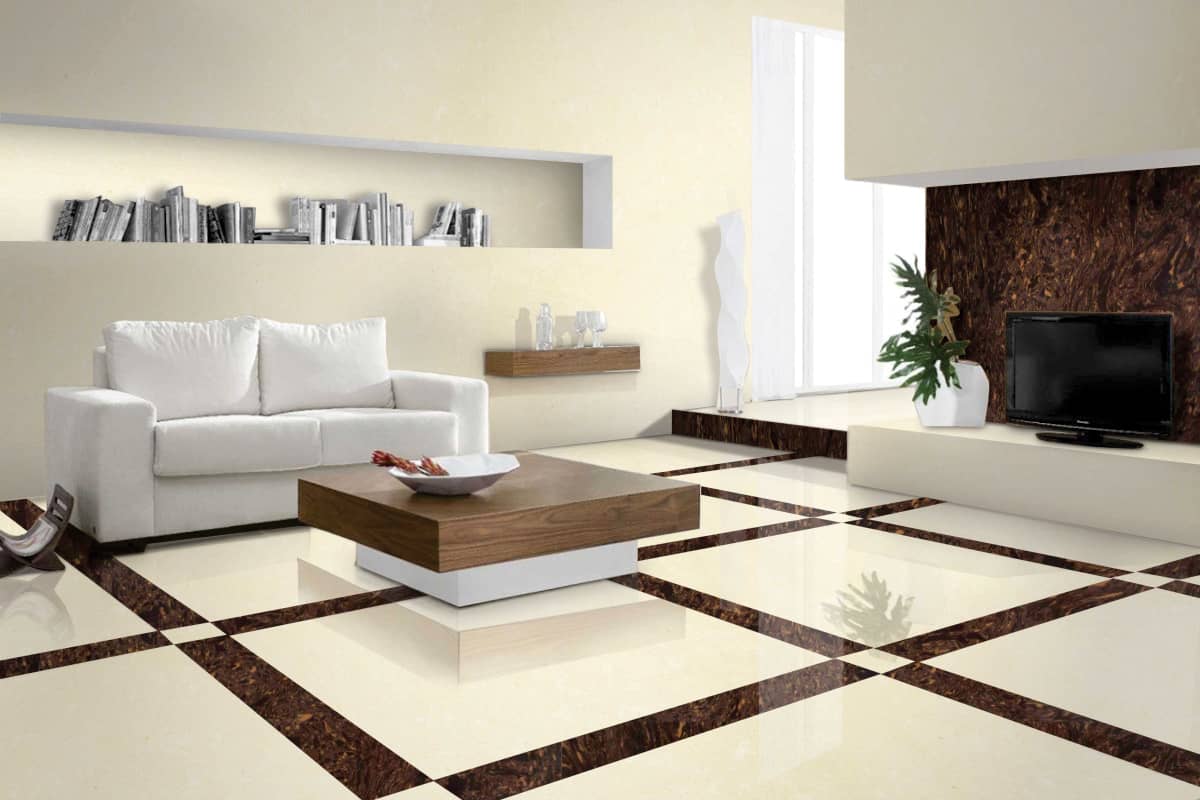
Tiles are typically the first thing that people think of when they hear the phrase “decorate the walls and rooms,” despite the fact that there are a variety of things that could be used in this capacity
The appropriate appearance of any room can be greatly contributed to by the use of tiles
It would appear that tiling a bathroom is a necessary step in the construction of bathrooms
In discussions pertaining to tiles, terms such as vitrified and marbonite may also come up
Both of these things have the potential to be confused with one another
As a consequence of this, having knowledge about them is absolutely necessary
After going through the vitrification process, tiles can be said to have the “vitrified” designation attached to them
The phrase “vitrification” will probably appear to you to have an excessively scientific tone
In contrast, when talking about tiles, the term “fusing” refers to the process of converting a substance into glass or a substance that has properties that are comparable to those of glass
The process known as vitrification is also responsible for giving vitrified tiles their namesake
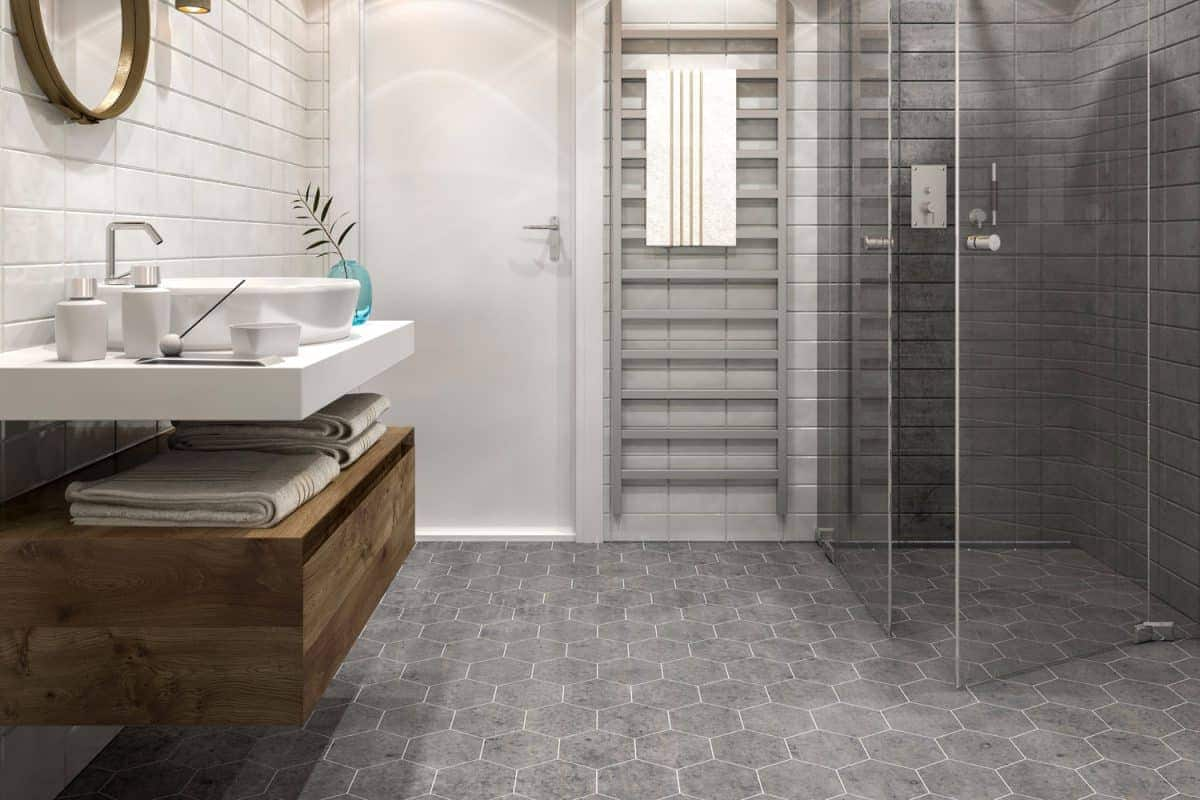
Clay and silica are combined into a single substance as the first step in the process
After that, the tiling goes through a baking process that is carried out at a very high temperature
Under the effect of the high temperature, the grains of the tiles come together and create a solid structure
This is because of the influence of the high temperature
Because of this, the tiles have a structure that is more resistant to wear and tear
Because of this, these tiles have a long lifespan and a reputation for being water-resistant
This contributes to their overall durability
Tiles made of marbonite are produced by HR Johnson under that brand name
These are vitrified tiles, and depending on your preference, you can choose to have them glazed or polished when you make your purchase
Each tile in this set was crafted from a single mass of material
Because these tiles have a coating that minimizes the porosity of the tiles, which in turn prevents stains from penetrating the tiles and becoming permanent, you can use them almost anywhere without worrying about damage
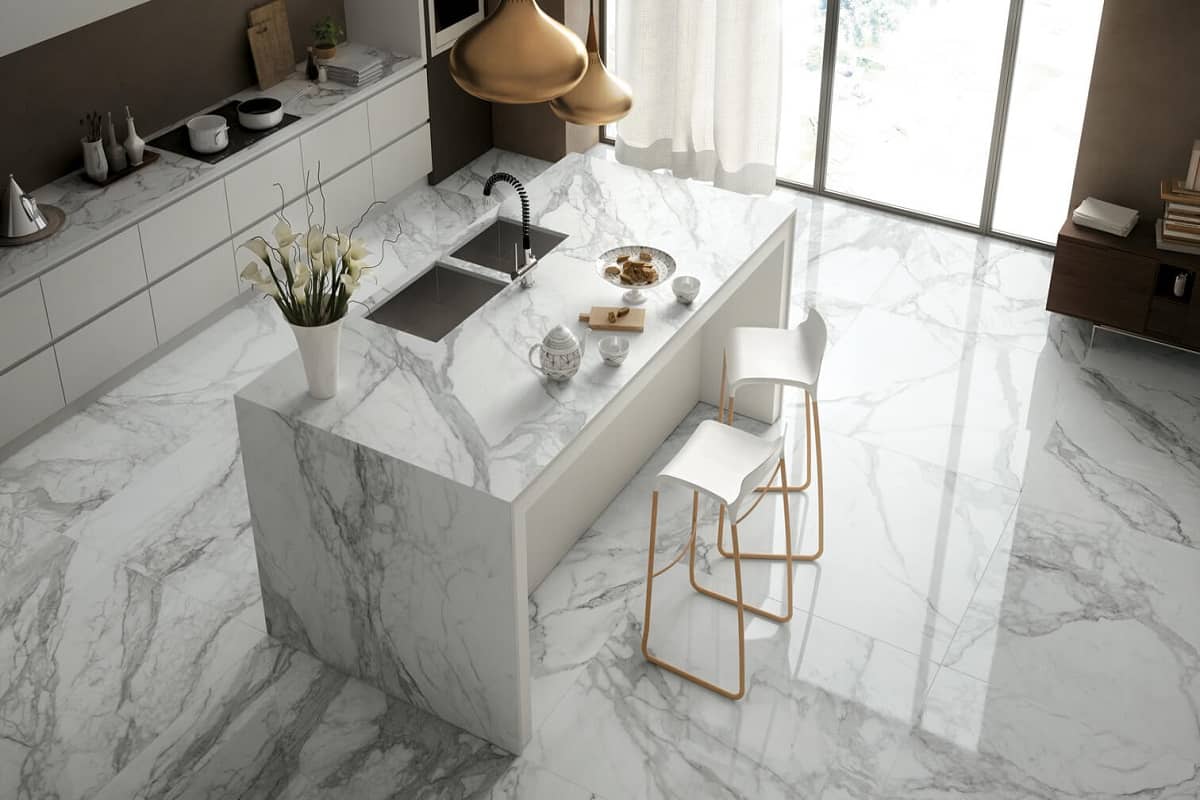
When compared to other kinds of unglazed or unpolished vitrified tiles, the Marbonite tiles take significantly less work to clean and maintain than the other kinds of tiles do
There are still some micropores on the surface of marbonite tiles, but the product known as “marbonite stain-free tiles” from the same brand claims to seal even these micropores on the tiles
There are still some micropores on the surface of marbonite tiles
The clay that is used in the manufacturing of these tiles originates in Ukraine, where it is widely regarded as being among the best white burning clay that can be found anywhere in the world
Baking allows other types of clay, which often contain a range of contaminated components, to become porous
Porous clay can then be used for many applications
On the other hand, the clay that is used to make marbonite tiles comes from Ukraine and is very vitrifiable
This clay is employed in the manufacturing process
Clay is combined with a selection of high-quality minerals and other minerals in order to make a wide range of compositions
In addition to the clay itself, the minerals are mixed in with the clay
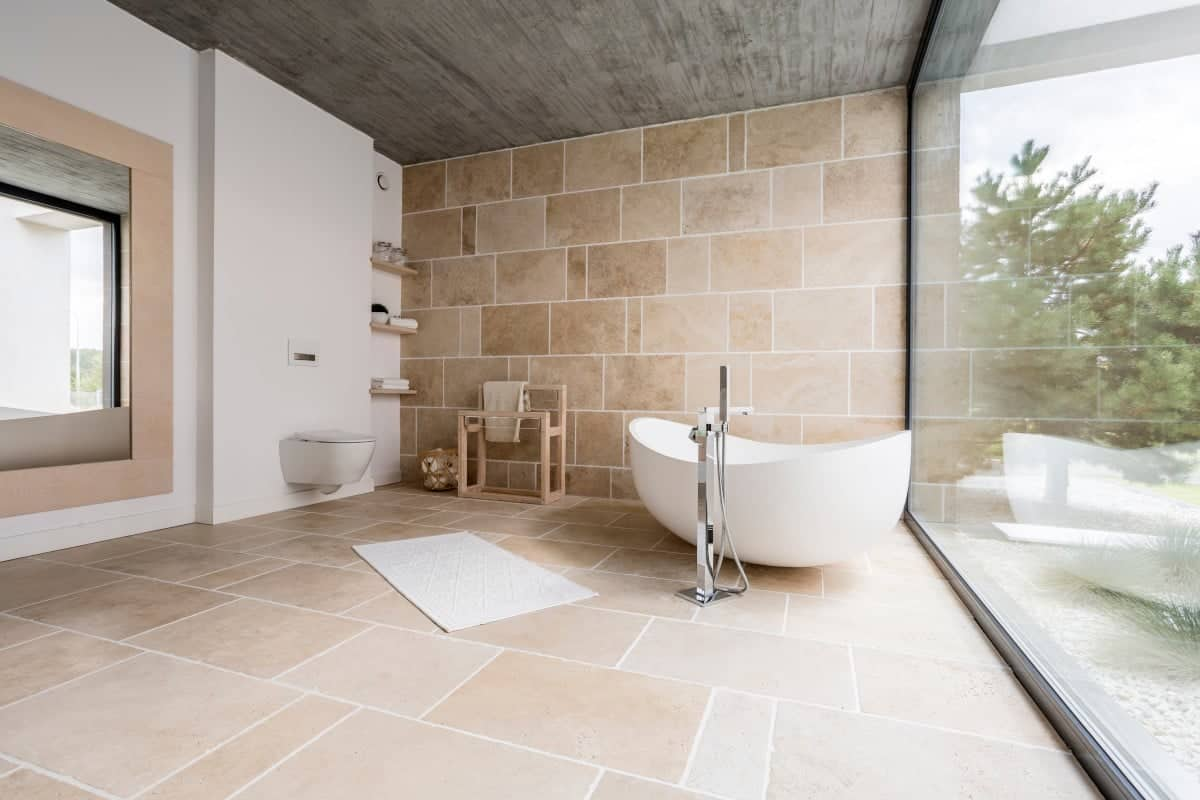
Marblenite tiles have the same attraction and attractiveness that marble stone has
The fact that the manufacturing process takes advantage of the most recent technological breakthroughs is another factor that contributes to the outstanding quality of the final product
As a direct consequence of this finding, we are in a position to come to the realization that a vitrified tile and a Marbonite tile are indistinguishable from one another
Under the brand name marbonite, the vitrified tiles that are also known as marbonite tiles, are produced by the business HR Johnson
The brand term “marbonite” is used to refer to these tiling products
On the other hand, the term “marbonite tile” can be used to refer to any other kind of vitrified tile besides those made of carbonite

